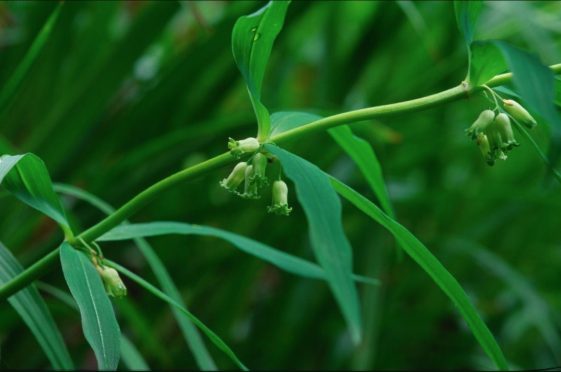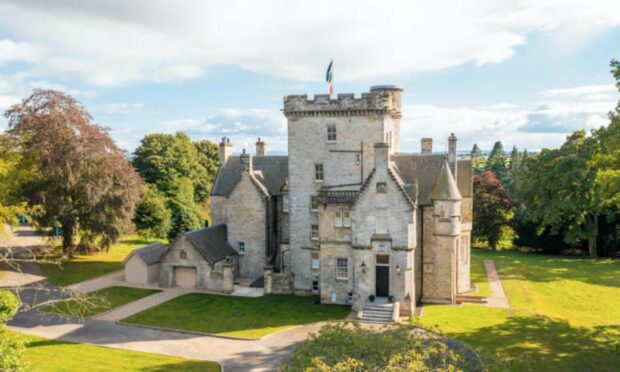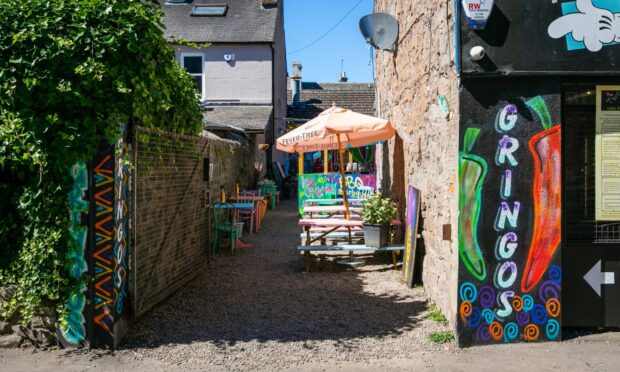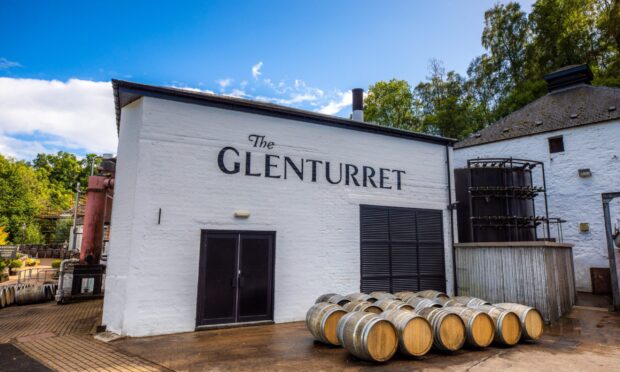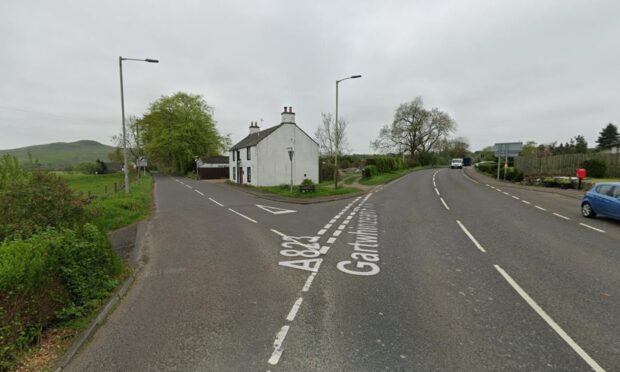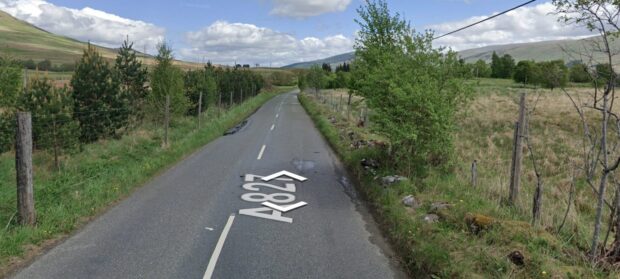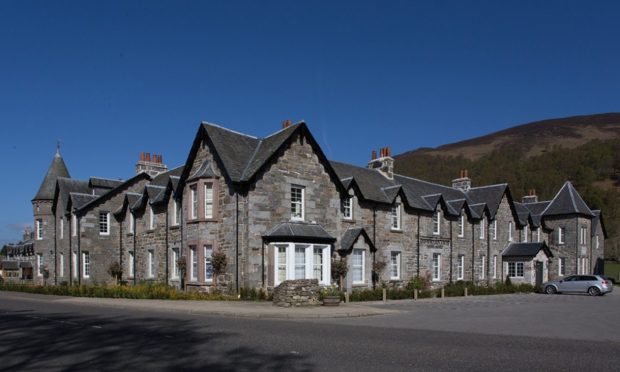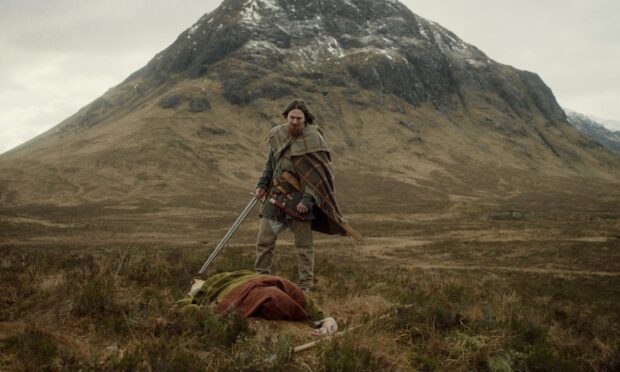Scientists are facing a race against time to save an ultra rare Tayside plant from the brink of extinction.
The species, known as Whorled Solomon’s Seal, is only grown on steep sided wooded gorges in Perthshire.
There are only nine locations across the whole of the UK where the plant – which looks like something from the Jurassic period – is found, and all of them are in the Perth and Kinross countryside.
Now horticulturalists from the Royal Botanic Gardens in Edinburgh (RBGH) and Scottish Natural Heritage are taking action to rescue the species, which goes by the Latin name of Polygonatum verticillatum.
It follows a survey of the remaining plant population, which showed huge declines since the 1990s.
Climate change causing heavy rainfall, leading to landslips and erosion, as well as habitat fragmentation, are thought to be the main reasons for the sharp drop.
RBGE has held living material from these precarious populations in its nursery since the 1990s. To prevent the species going extinct in the wild, the botanic gardens team has been out over the winter months, planting specimens in rural Perthshire.
Scottish plants officer Sally Eaton said: “The first site we visited was on the River Isla, where the original population has suffered a huge decline from over 2,000 stems in the 1990s to fewer than 200 today.
“Working with the support of the Airlie Estate, a team of six RBGE staff and volunteers set out on a very cold and foggy December morning,” she said. “Arriving at the nearest access point to the wooded gorge, we began loading up with crates of plants and set off across the fields.”
They arrived at the site and peered into the ominous-looking gorge. “As expected, the sides of the gorge proved to be not only steep, but also entirely slippy, leading to several precarious moments when we worried we might send the crates of plants skiing down into the river below,” said Sally.
“Thanks to the heroic efforts of the team, all five crates of plants were successfully transplanted into the gorge at locations which had been identified as giving the species the best chance of success.”
The team also targeted a tributary on the Lunan Burn, near Butterstone, where plant numbers have declined from 116 in the 1990s to just seven today.
Sally added: “All that awaits now is for us to cross our fingers and hope that our efforts pay off.”
The team will re-visit the sites in the summer to check if any stems have emerged.
However, it could take several years to determine whether the project has been ultimately successful.
